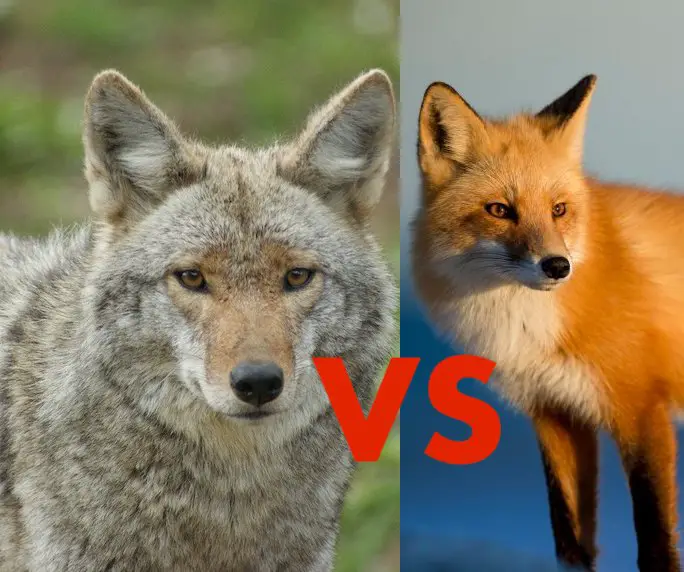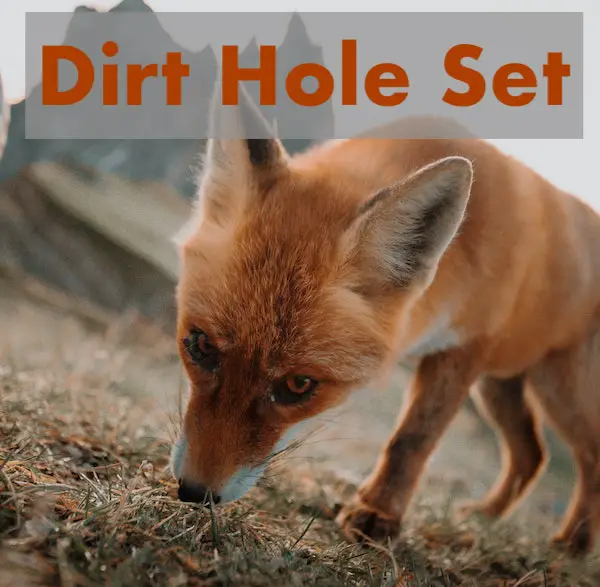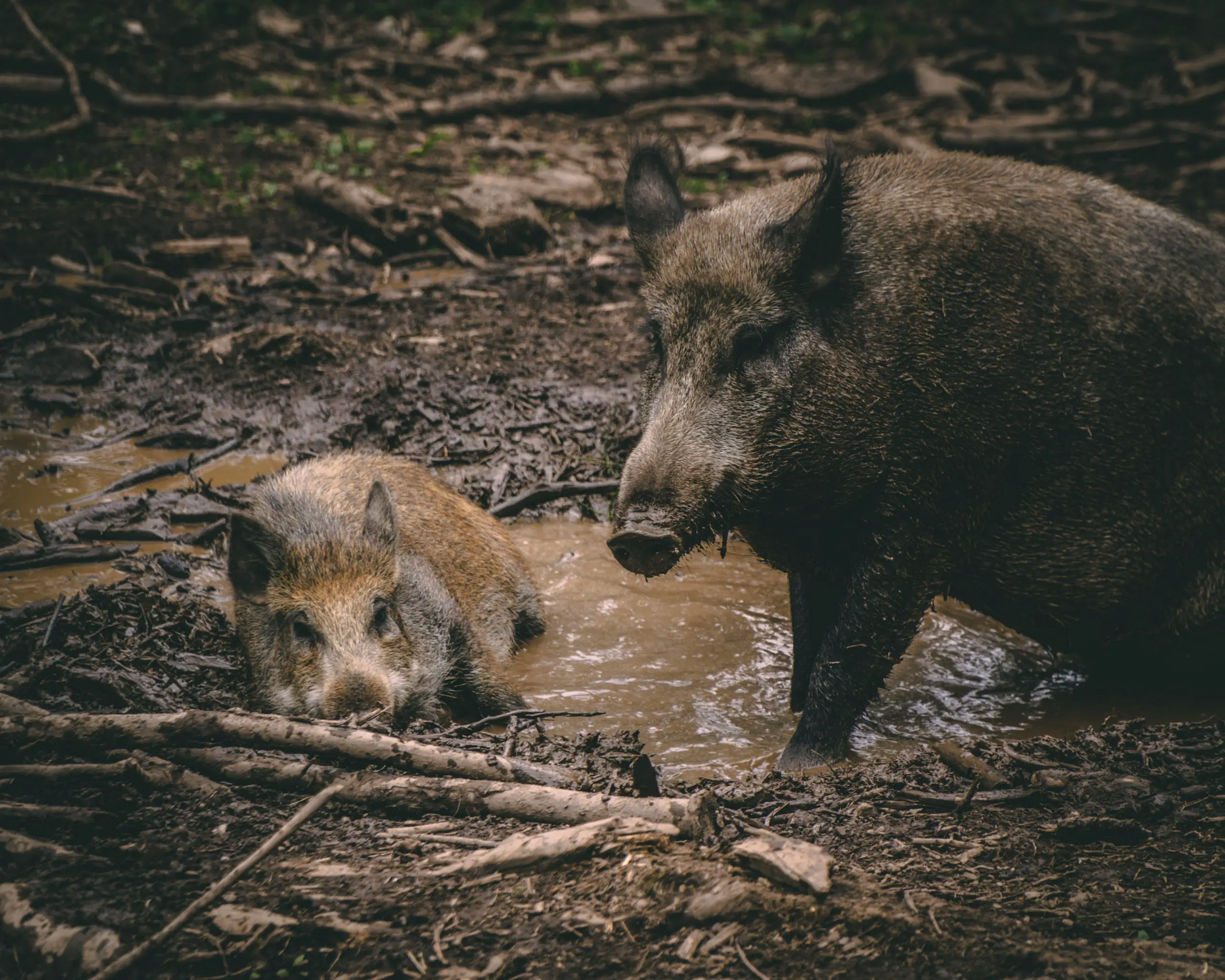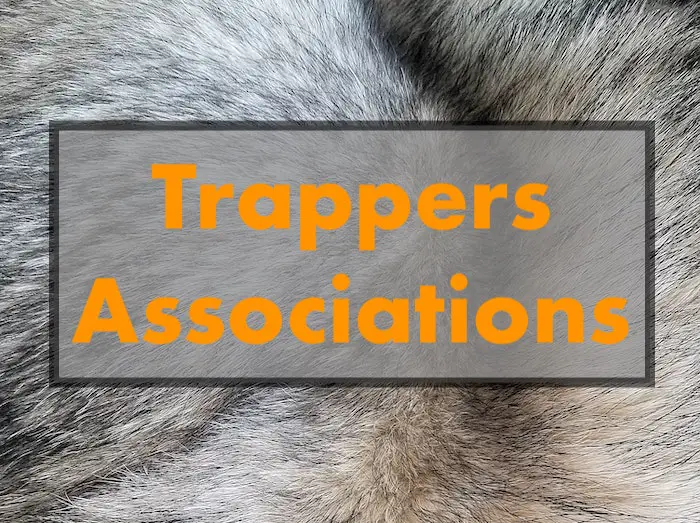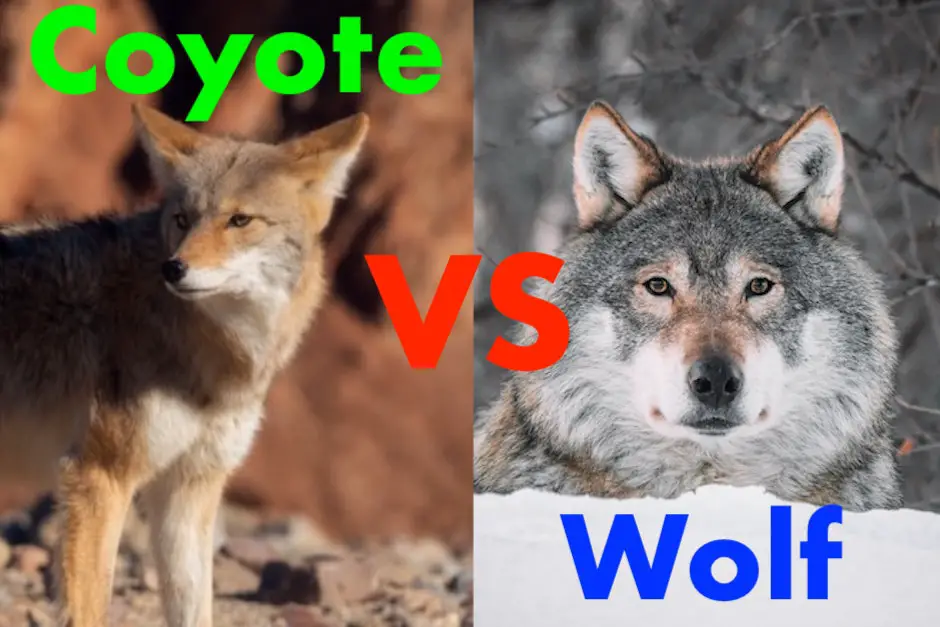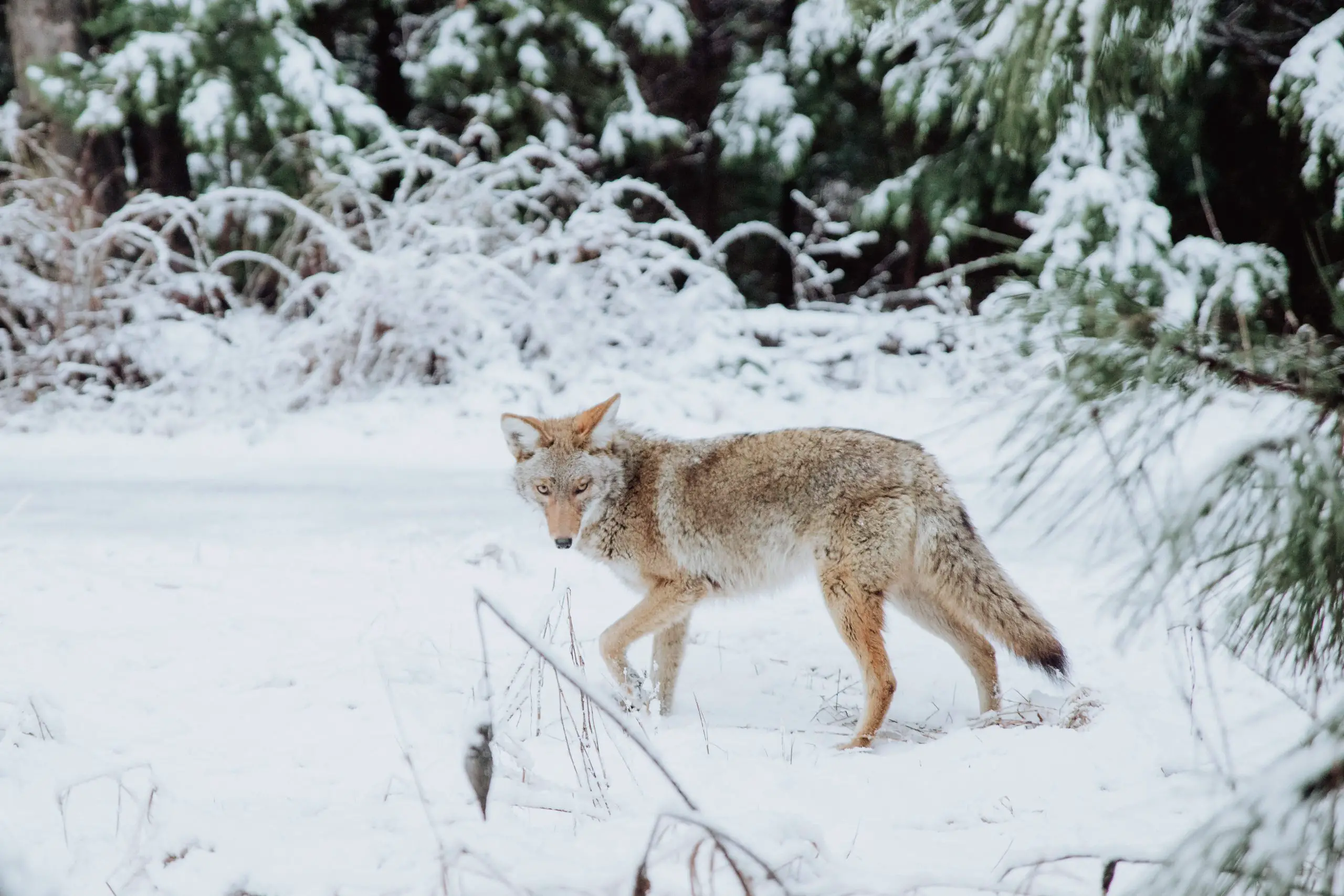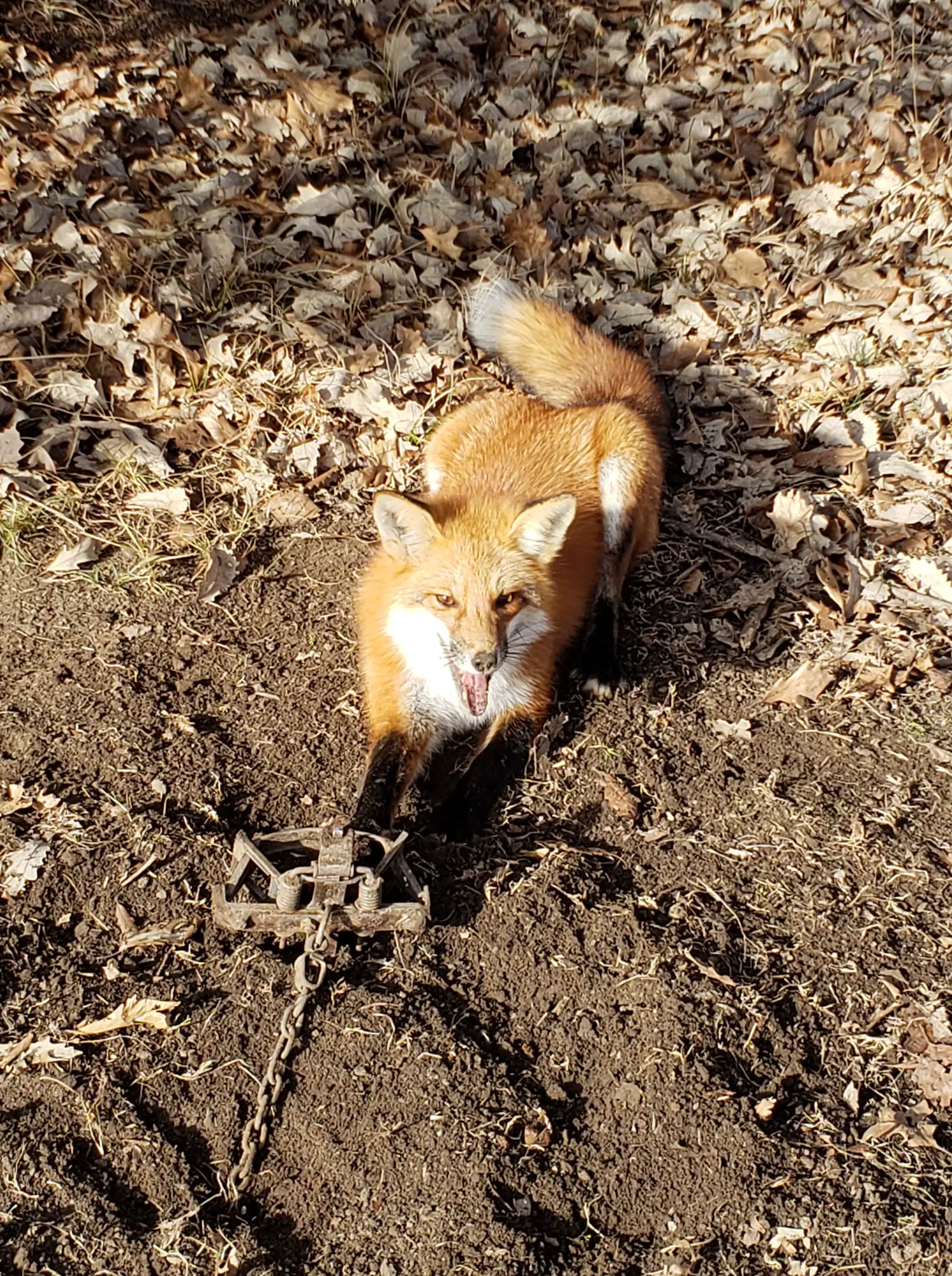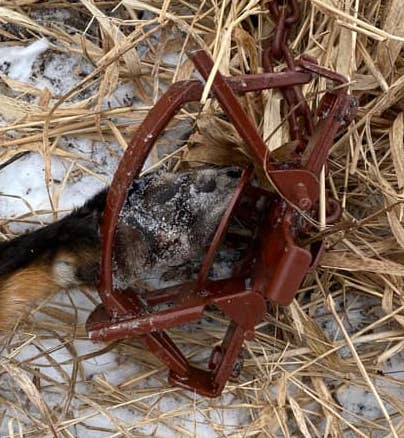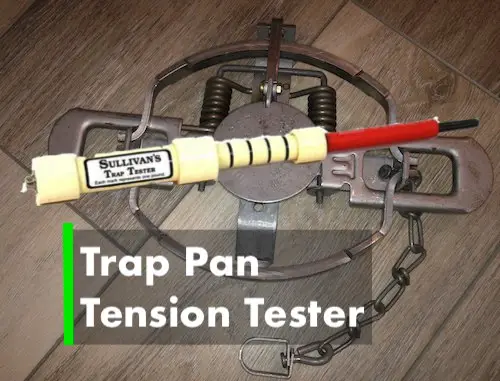What is a Catch Circle?
Have you ever been trapping with a dog proof trap or foothold traps? These traps are often used when trapping coyotes, raccoons, or fox. These animals and traps are all associated with catch circles.
A catch circle is created when an animal is trapped in a foothold or dog proof trap. The visitation around the trap is usually smashed down, or dug up creating a circular area of where the animal can reach. This is the consequence of having an animal in the same place for a short time and happens to animals in fenced areas as well.
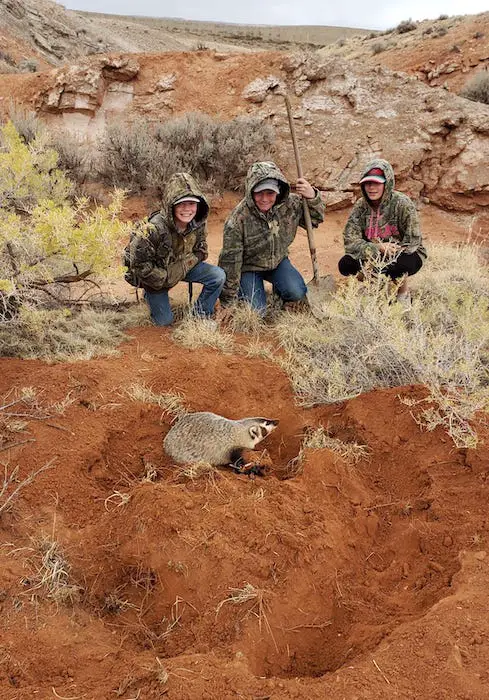
Some animal will dig at the ground near the trap. Badgers are very fast diggers. They can dig several feet down in many directions in a very short amount of time. You know you have caught a badger if there is a large mound of dirt where your trap was. They start digging at anything they can reach.
Raccoons often will pull at the grass and twigs around them and the area will have a pile of everything they can grab in the area. When trapping in residential areas I have to make sure that the animal I am trapping will not be able to reach anything that you don’t want destroyed.
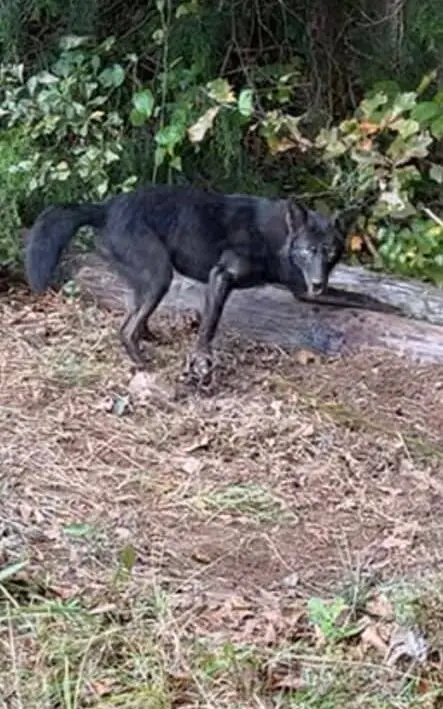
I have seen raccoons tear up ground cloth, corn stocks, and even a tiller. My grandpa attached his foothold trap to his tiller and caught a raccoon. That raccoon pulled out and chewed on every wire or tube it could reach. He didn’t notice until the tiller would not start.
Many times when trapping there is not a trap circle because an animal is trapped for a very short amount of time. Other times, a trap circle is created when a trap catches several animals over several and it is staked down in the same place.
Should you reset a trap inside a catch circle?
One of the best trapping sets you can make is to remake a set after you have caught something. The urine and poop of that animal will leave a lot of scent in the catch circle and this attracts a lot more animals coming to investigate the strong smell of the other animal.
A catch circle is sometimes strange. The trap circle can cause some animals to shy away from a trap set in them. Sometimes it is productive to set a trap near but outside the trap circle. Some trappers see tracks just outside of the trap circle and say that the they never have any luck with setting in the catch circle.
Other trappers reset the trap in the catch circle and set another trap near by and have more success with more traps and catch the coyotes that don’t want to go in the catch circle.
Catch Circles and Coyotes
Coyotes are the most shy around catch circles. Most trappers talk about having issues with coyotes not working a set that has been remade in a catch circle. They seem to be one of the smarter animals that are hardest to trap.
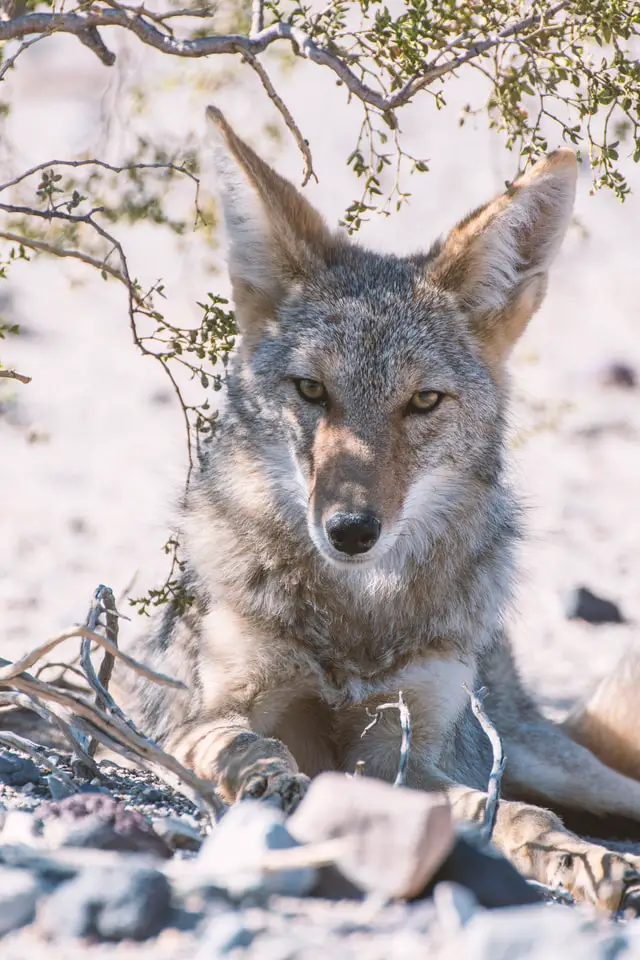
Related: Coyote Trapping Tips and Tricks
Raccoons and Catch Circles
I have had almost no trouble with catching raccoons in a catch circle. They are unlikely to care about a catch circle because they are always in locations that smell like other animals. They almost always have dens and hiding spots and don’t get too nervous around the catch circle.
Related: Raccoon Trapping
Fox and Catch Circles
A fox will react similarly to a coyote at a set and my shy away from a catch circle. But I believe setting a trap inside and outside the catch circle is important.
Related: Fox Trapping Tips and Tricks
Conclusion
Catch circles are common in trapping and I like to always reset a trap after I make a catch. I usually am targeting coyotes and catching a raccoon in a trap is only good for your set I think. It makes the coyotes more interested in them.
